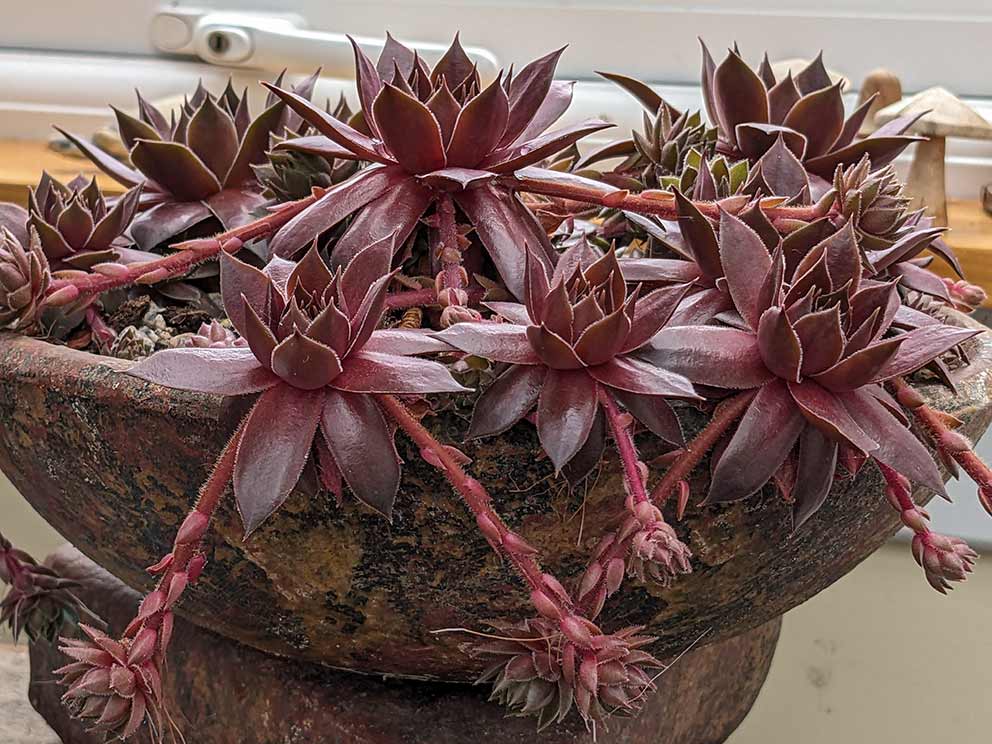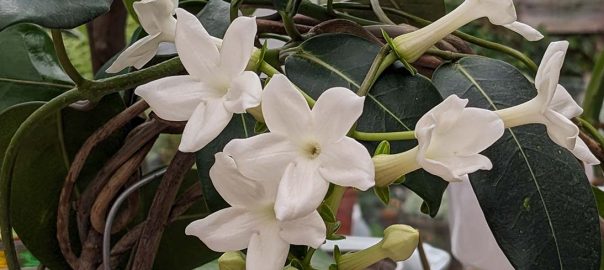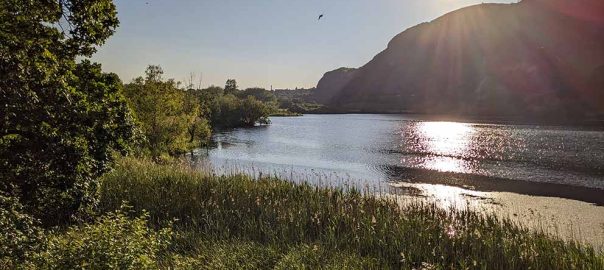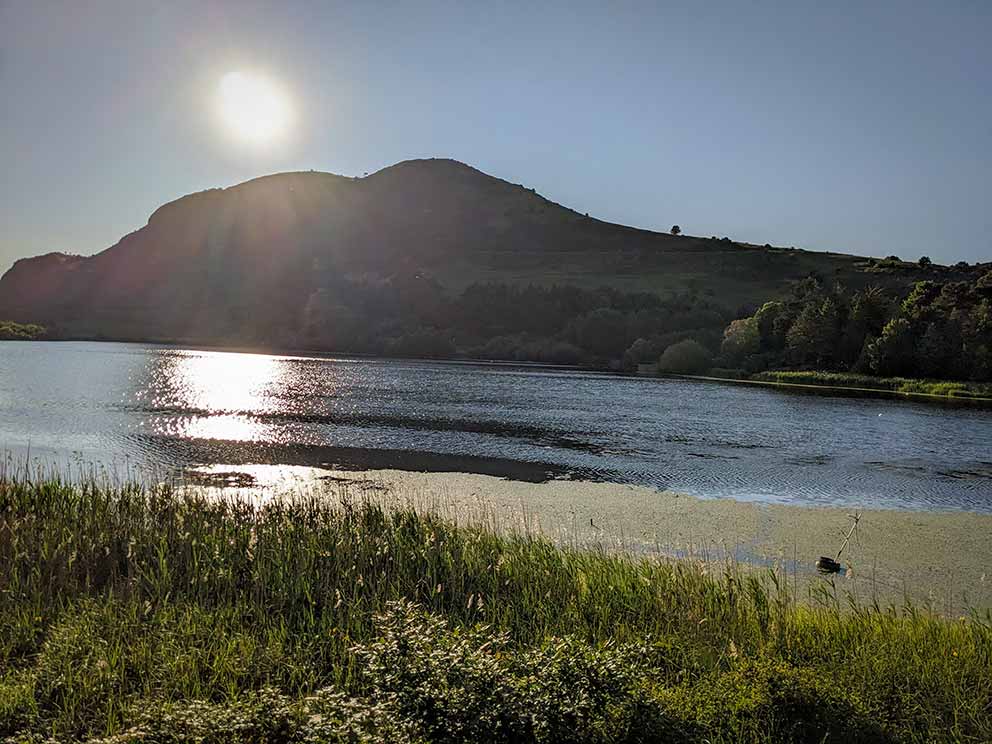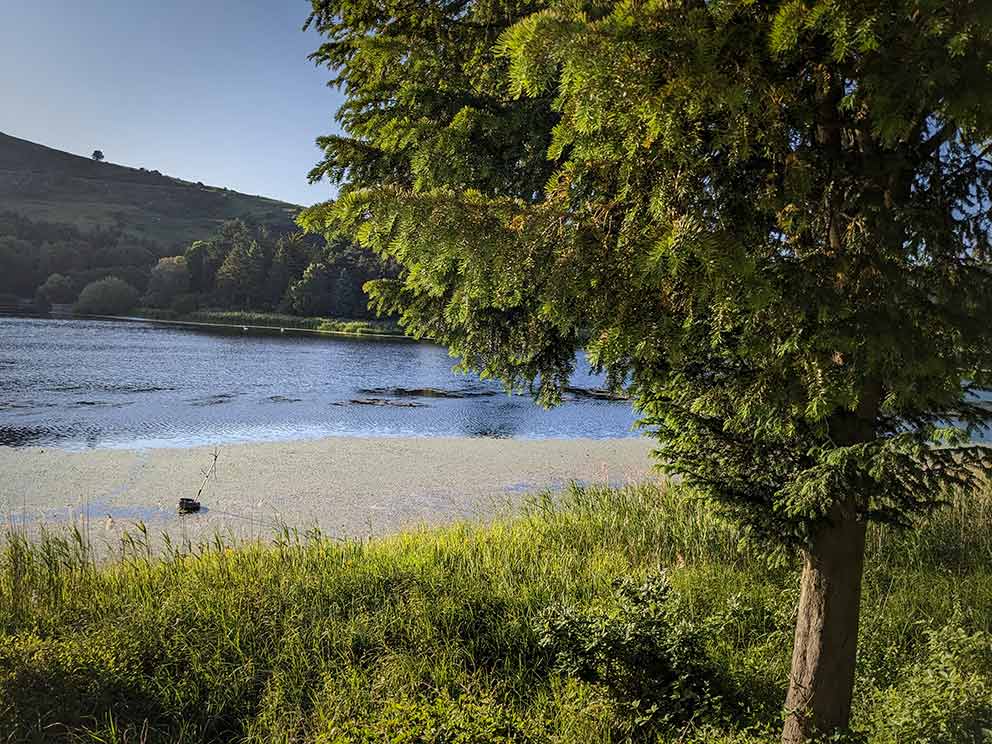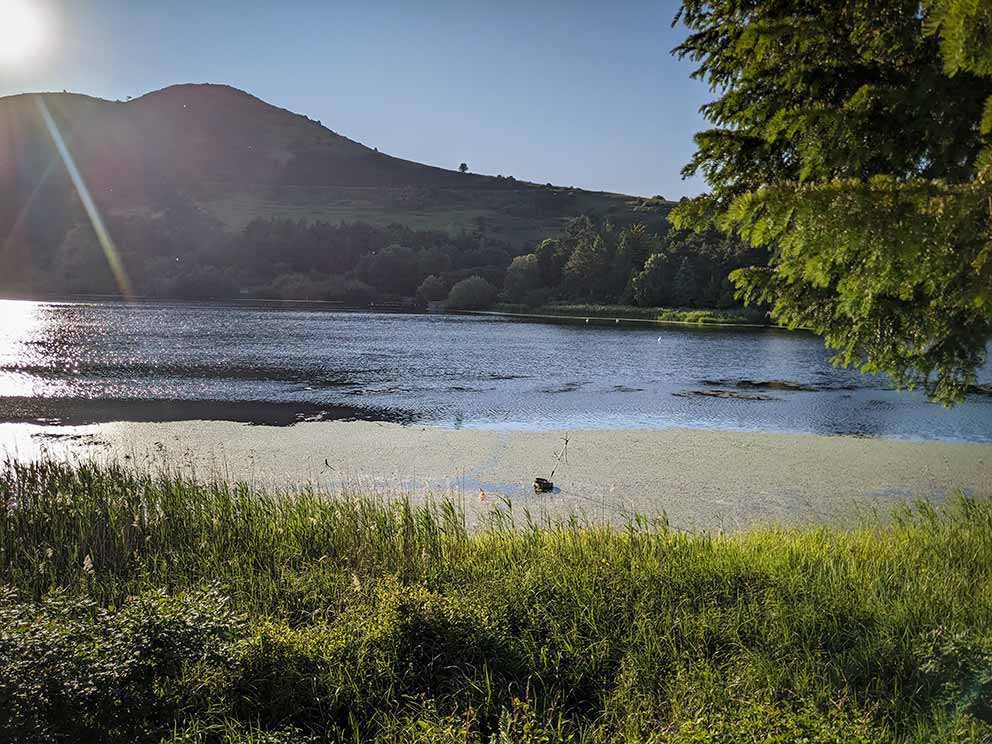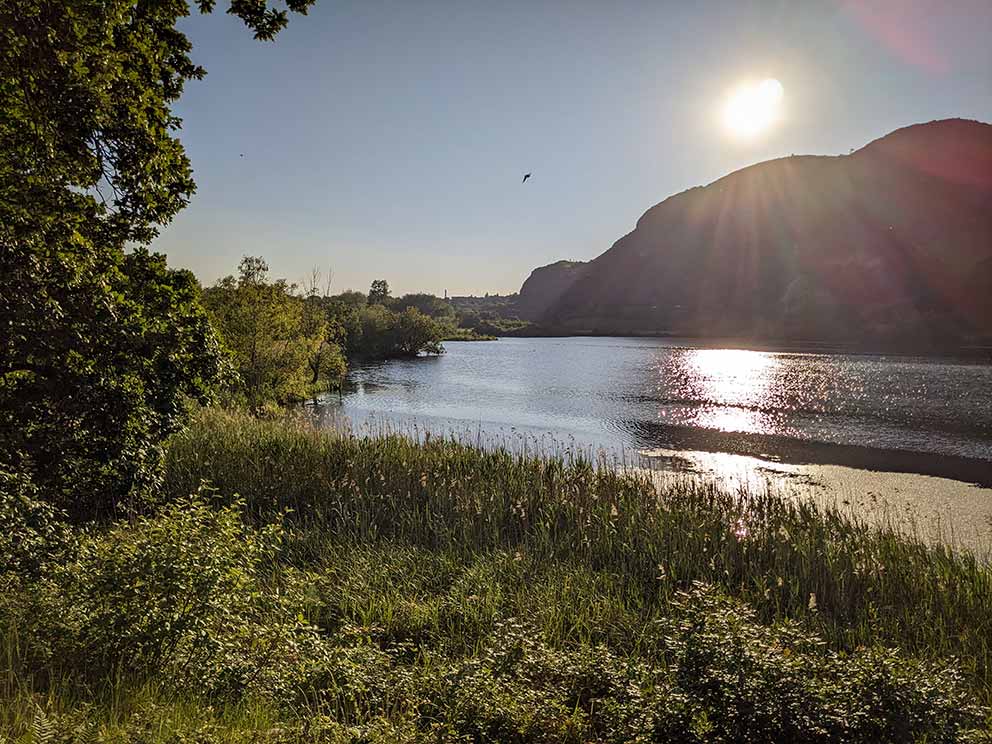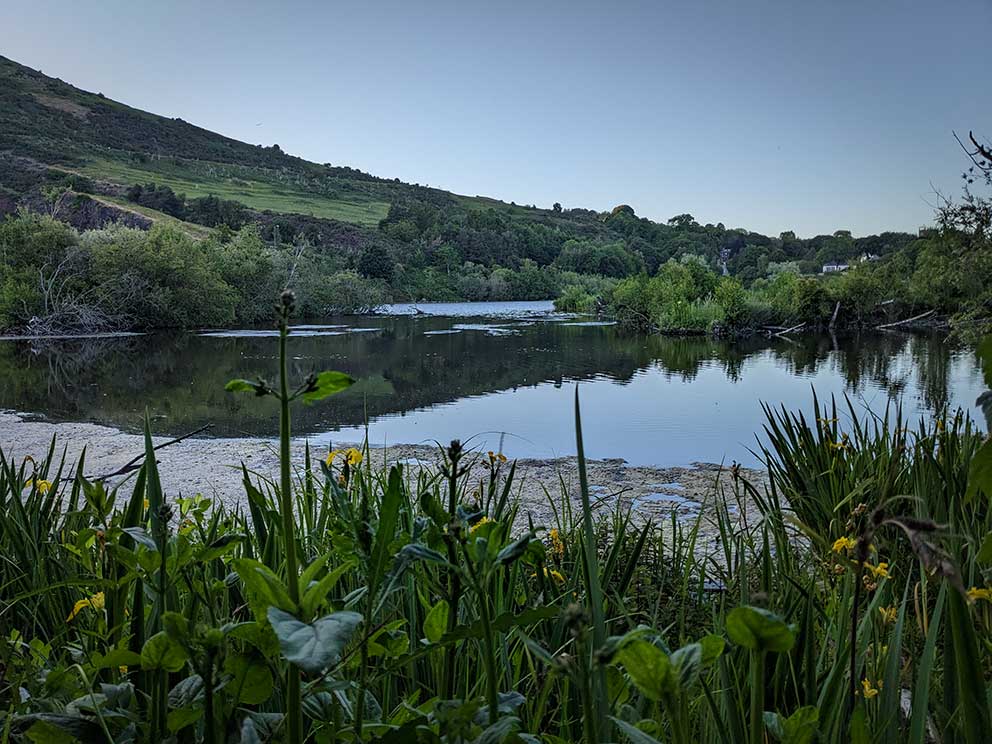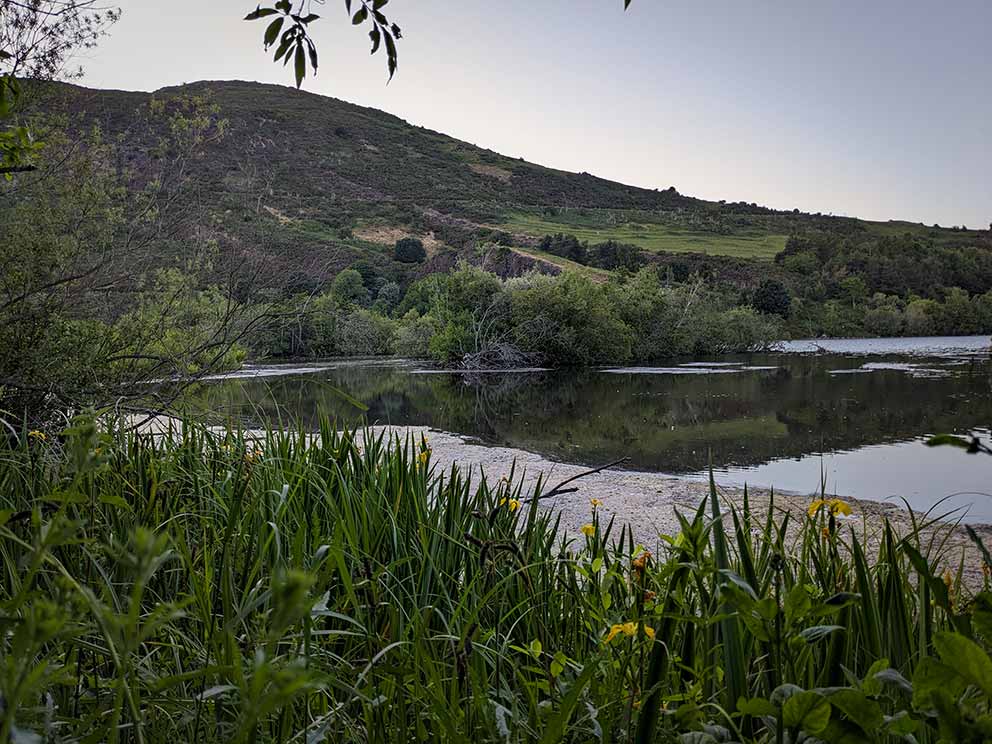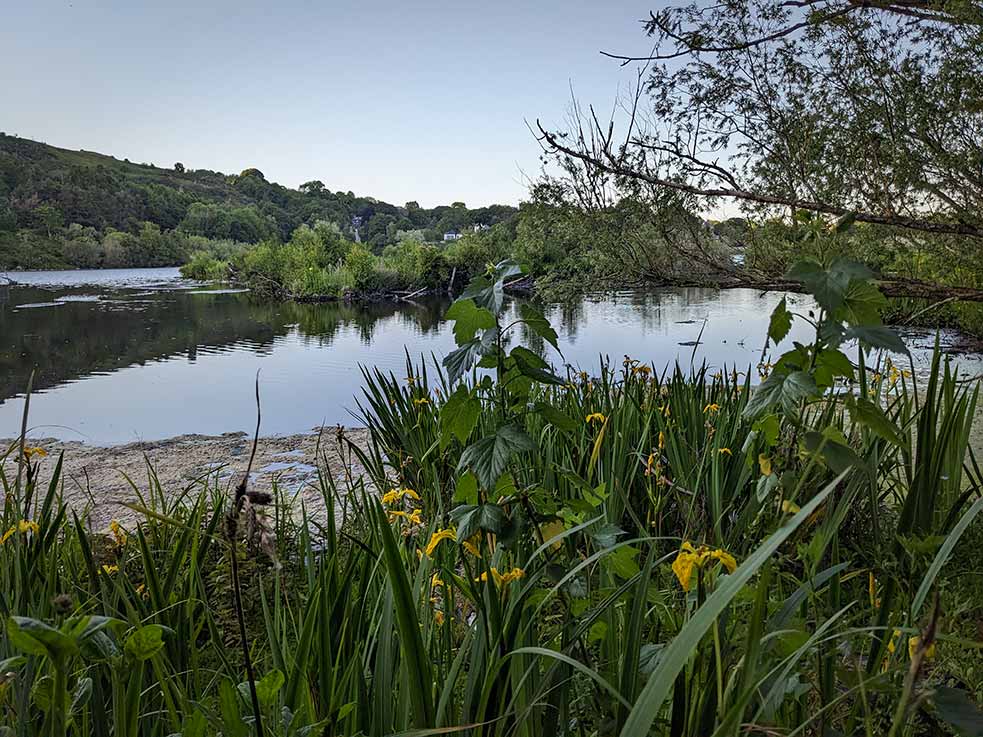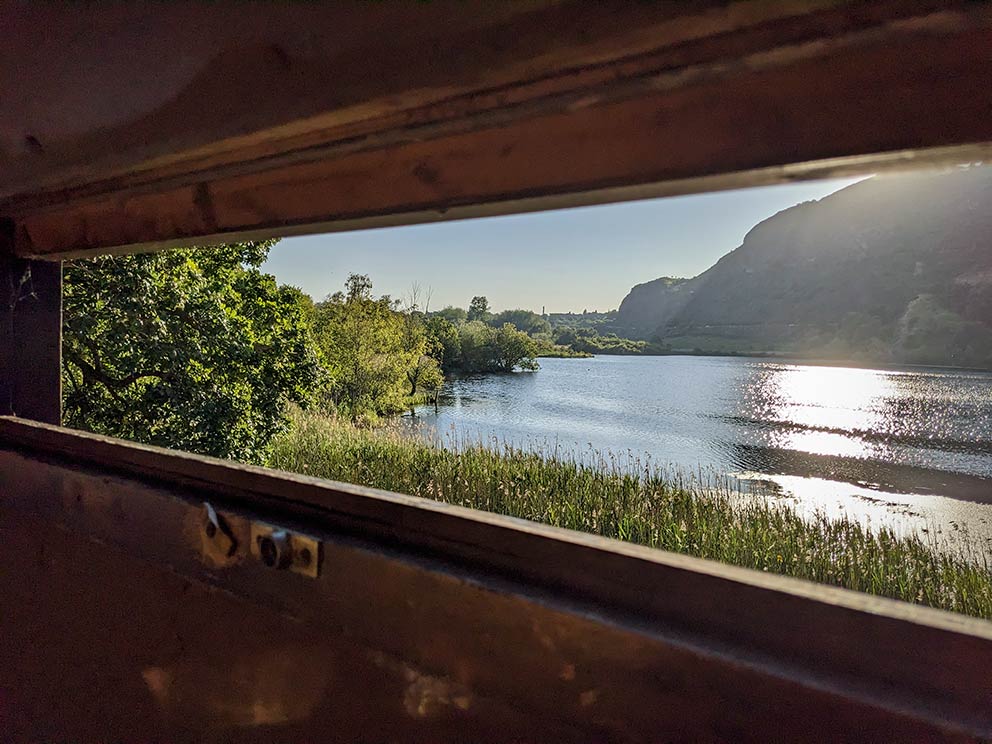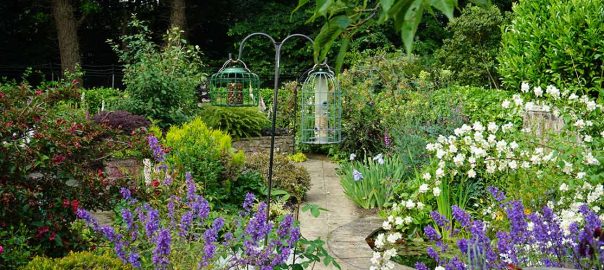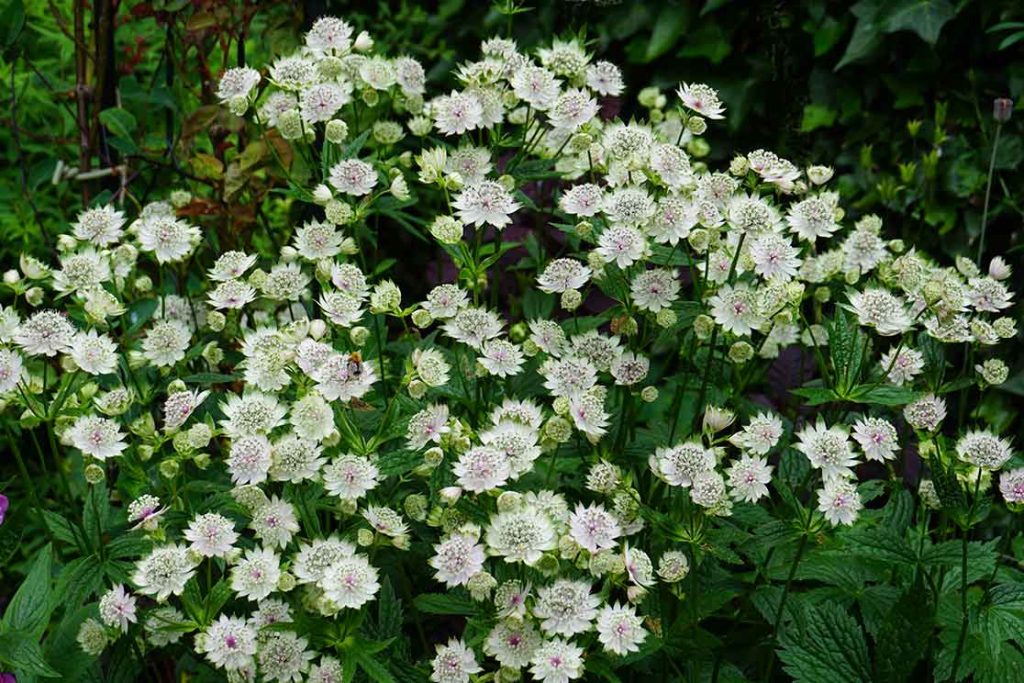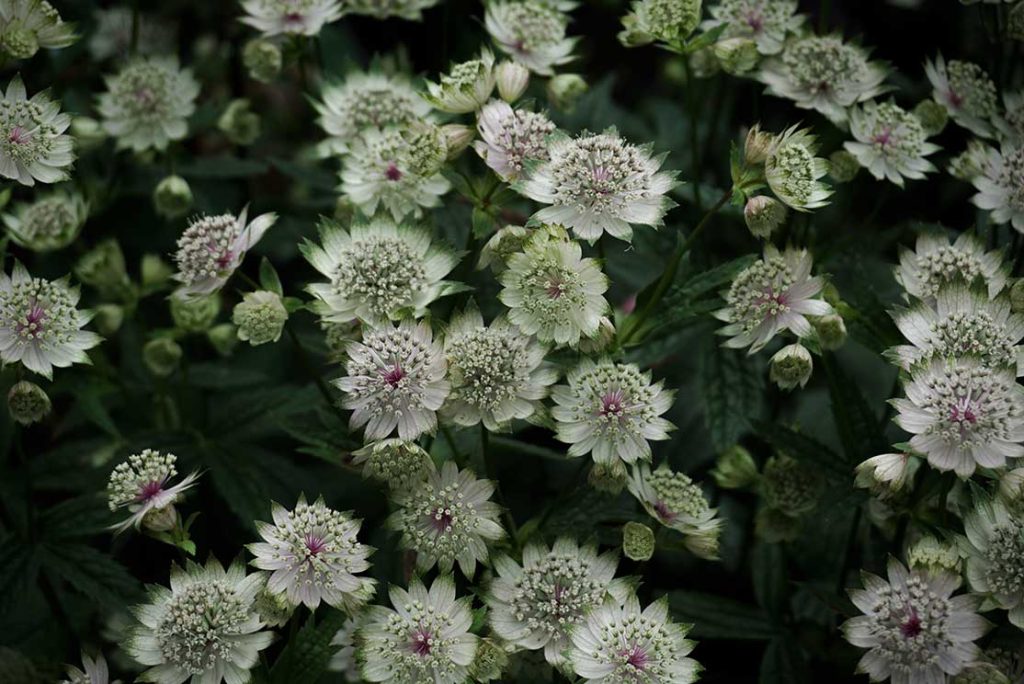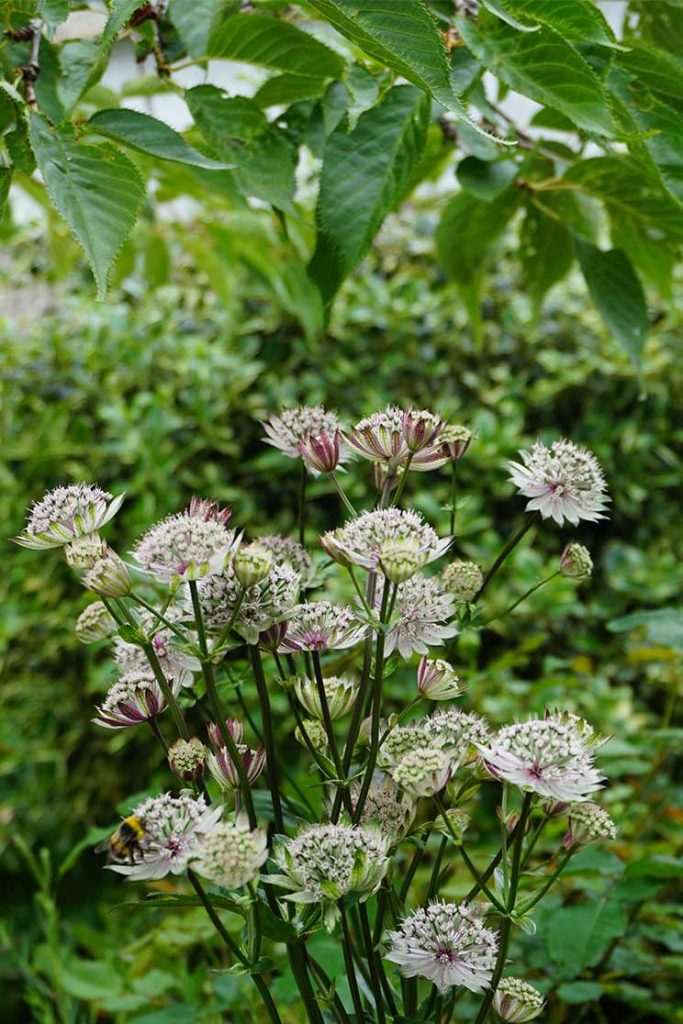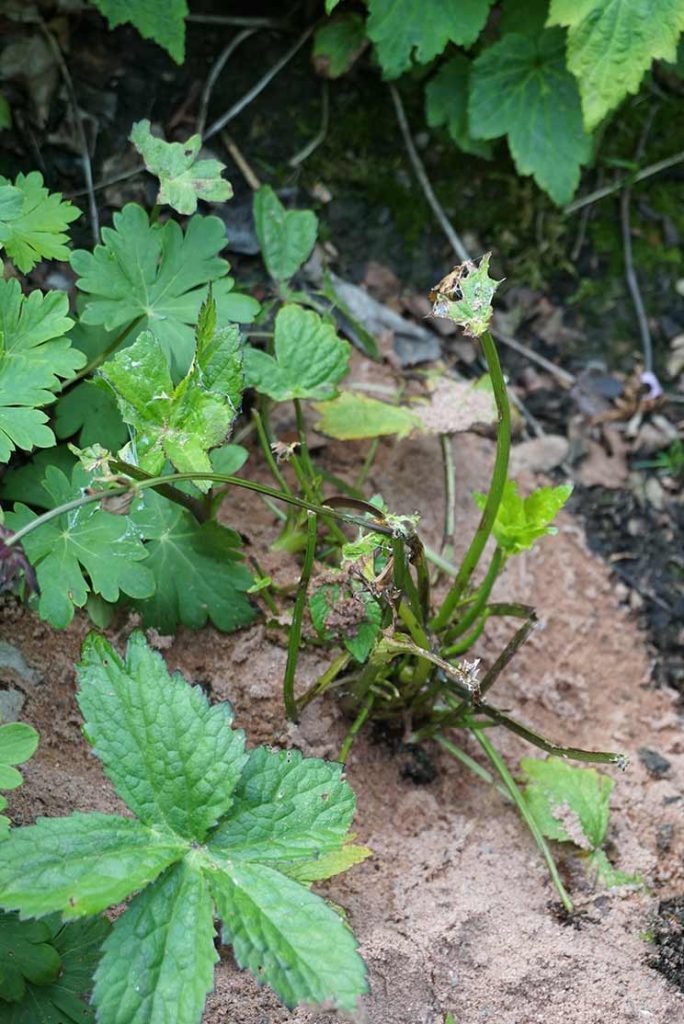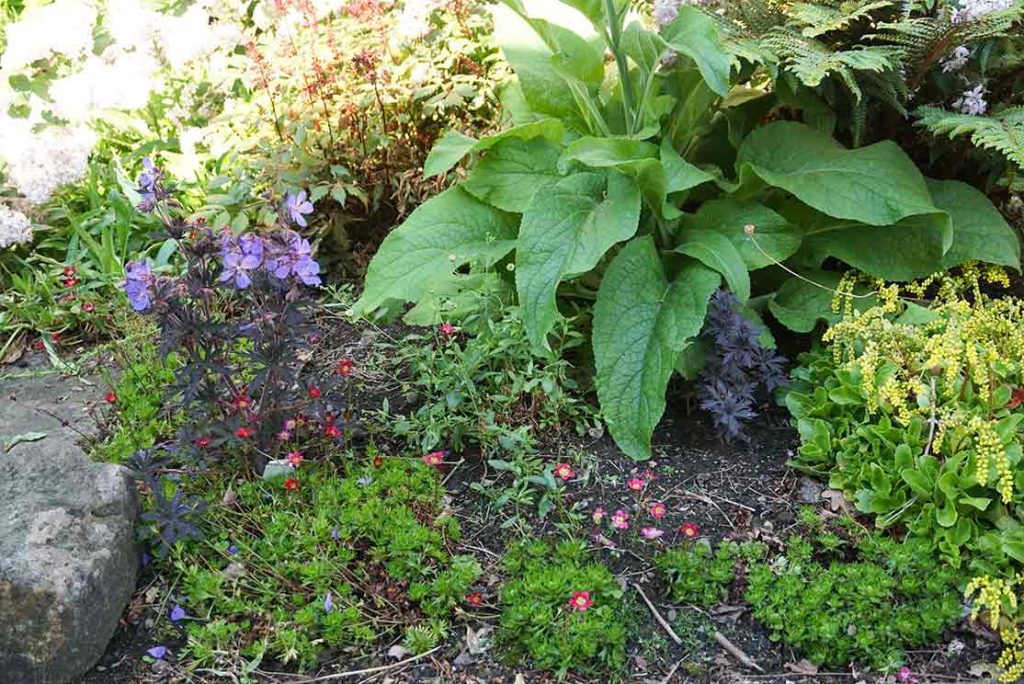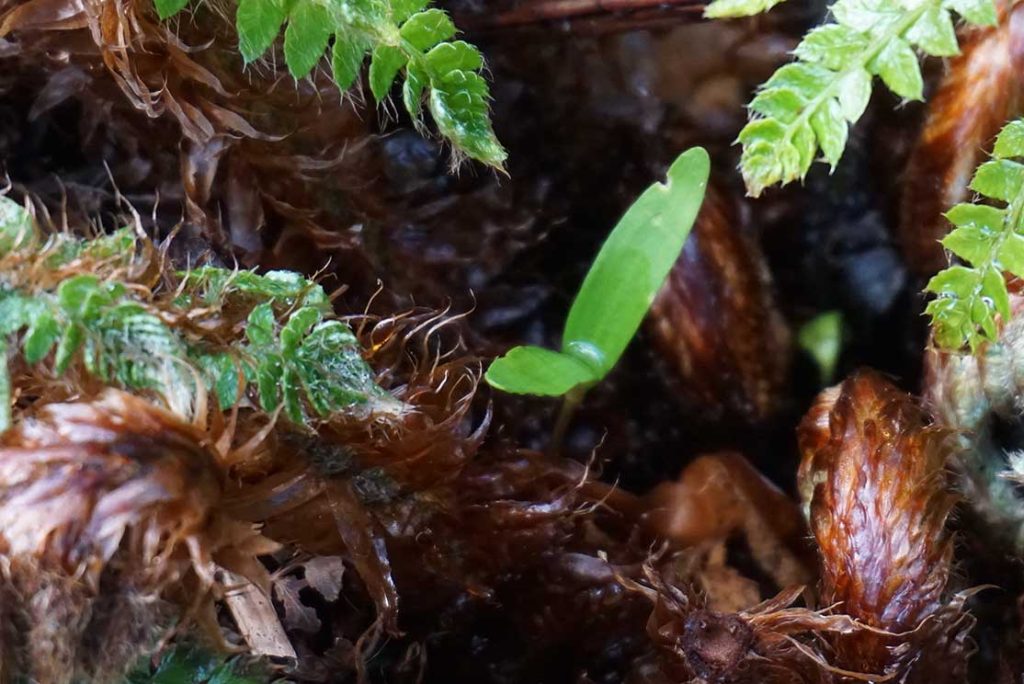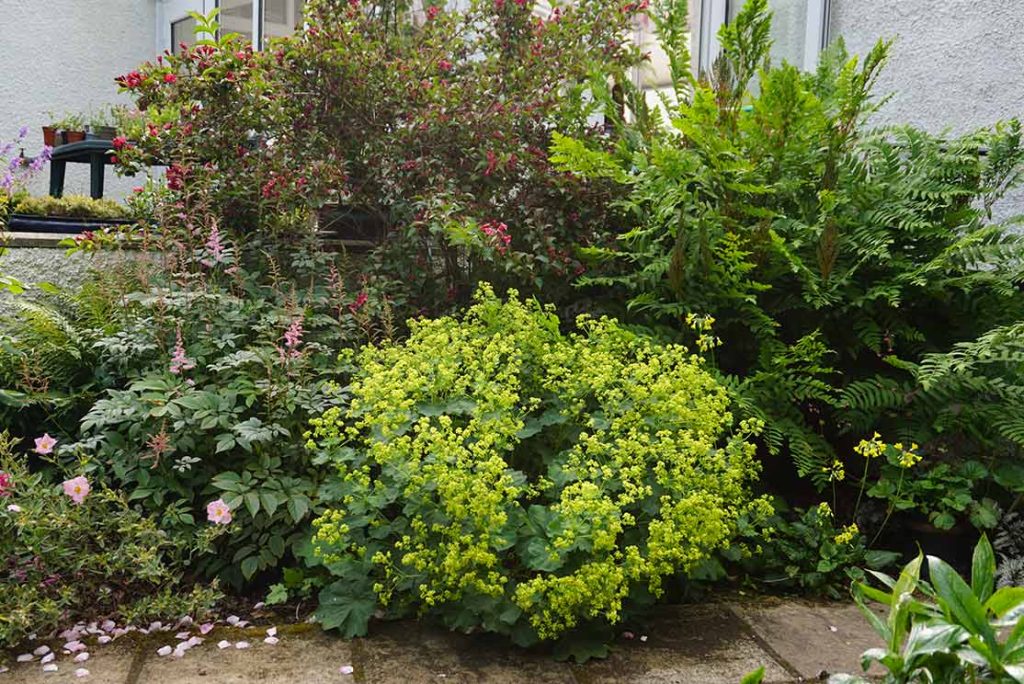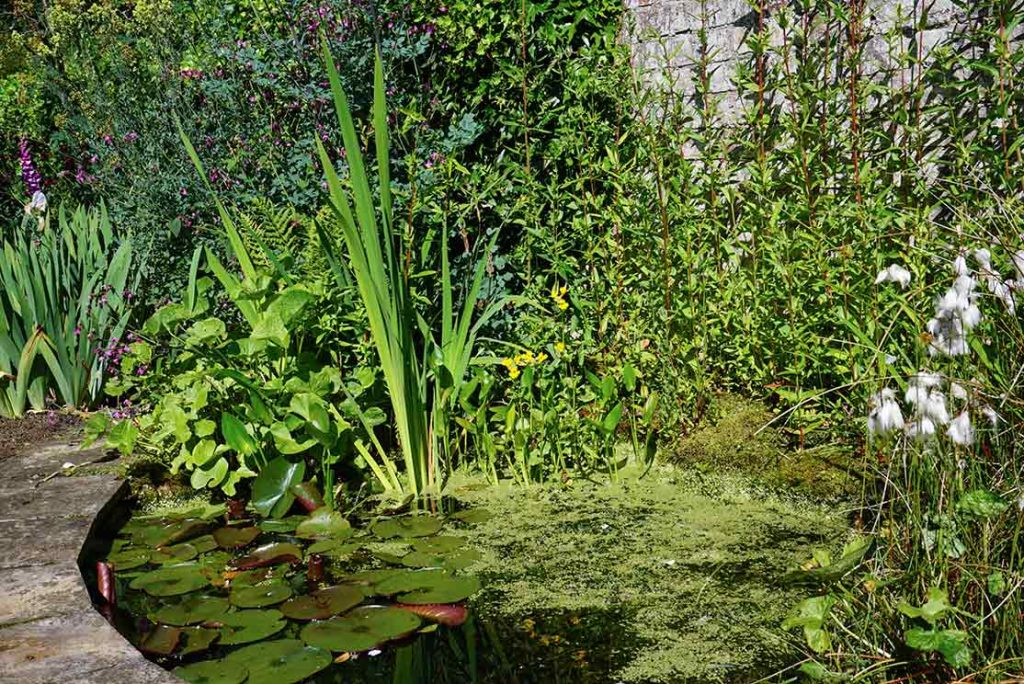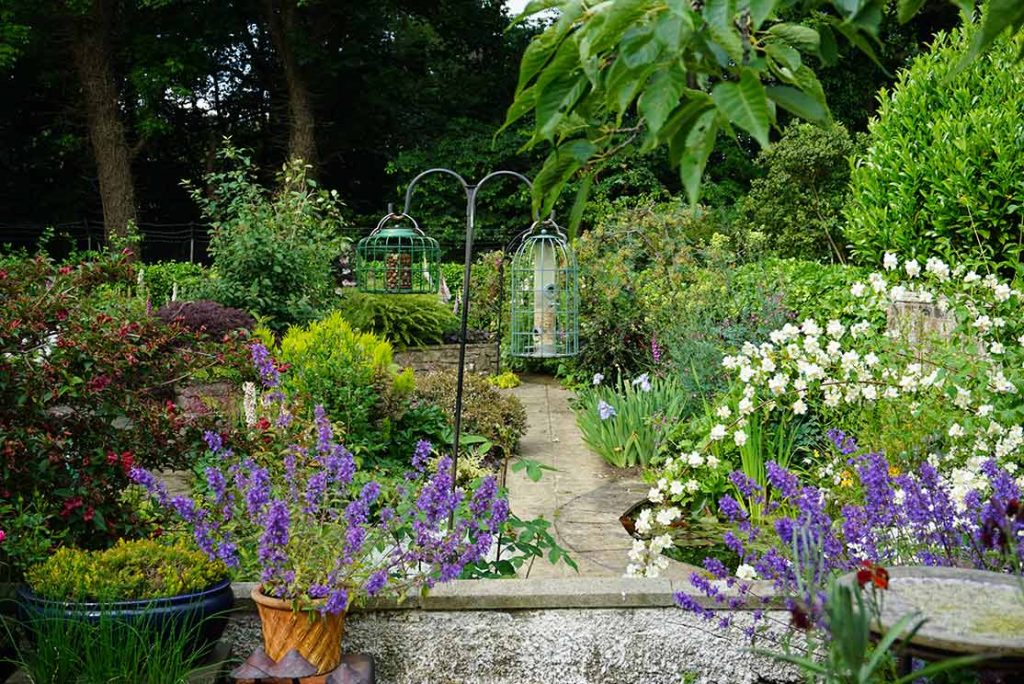Some good and some sad news about the cuttings I took back in April. I will start with the sad – the lovely big Easter cactus was in a very sad state, it did bloom but the leaves were never turgid and just got more flaccid as time went on. I took the plant out of its pot and it still had roots but the main ‘trunk’ was very damaged so it has gone in the bin. I had taken a few cuttings and they looked like they were doing ok and had roots but a couple didn’t make it. I have one cutting left that looks ok and I stuck a few leaves into a pot of compost so we shall see if they survive. I am upset that I couldn’t keep that large parent plant alive as it was one of Stephanie’s plants (who was terminally ill when she gave me it and has now very sadly died). Kate’s petrocosmia is not doing well. I removed it from the pot and could see a material-like pot surrounding the plug plant (from the nursery). The roots had not been able to penetrate that and had been trying to go over top of it. It also didn’t have any roots coming from the centre of the base. I took this material away and tried my best at re-potting it in a way that the remaining roots could reach the soil. I am not hopeful though.
The good news is that Stephanie’s palm is doing well, and my attempts to propagate Kate’s echveria have all been successful. I tried a few different propagation methods: taking heads off and planting them, taking the middle part of the long stump that was left and laying them sideways on damp compost, leaving the cut stump ends in the pot to see if they would grow again, and single leaf cuttings. The stumps are all sprouting, and one of the leaf cuttings is sprouting, a few of them have roots but are not yet sprouting. The heads are all thriving now and have put down roots. Some of the leaves look a bit shiny but should soon get their coating of farina on them to give them that soft matt look. The farina gives the plant protection from the sun and it also repels water to help the plant avoid rotting.
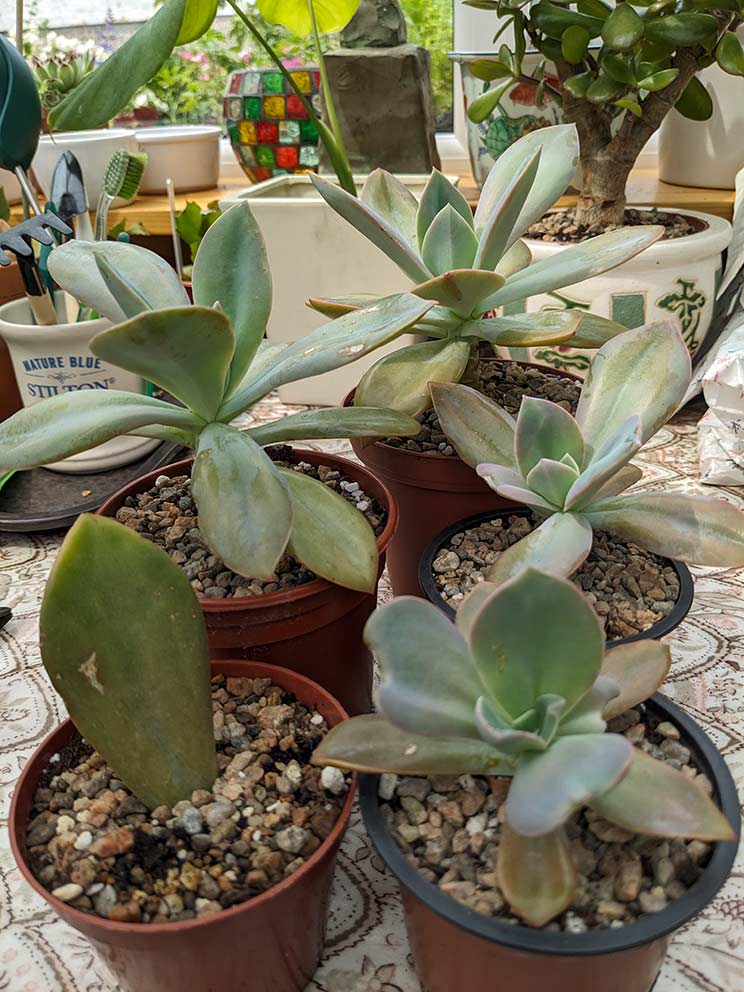
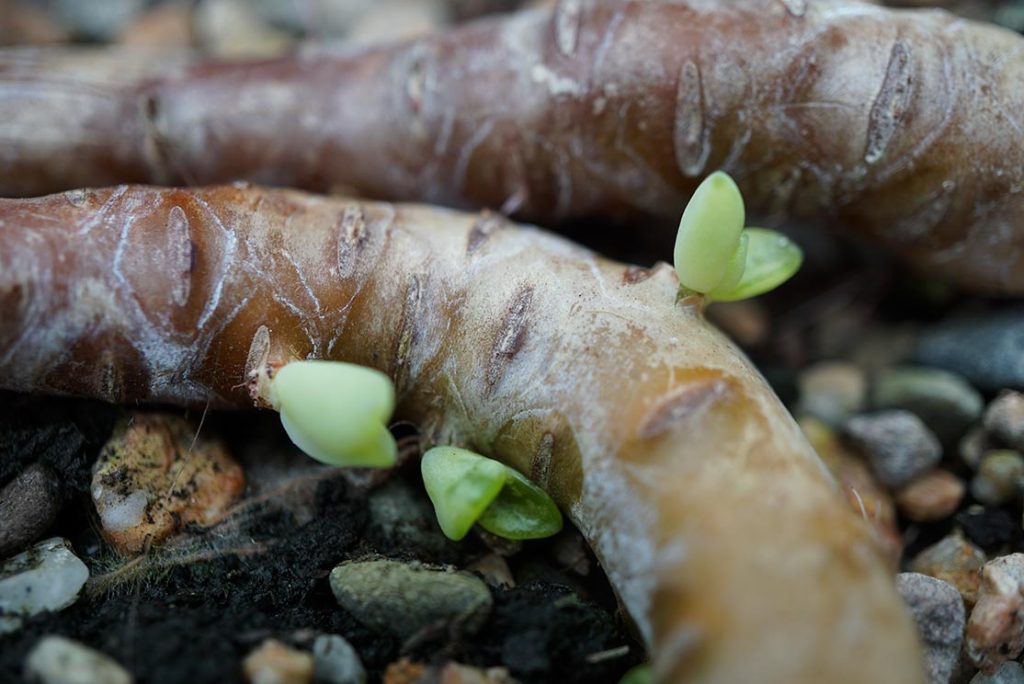
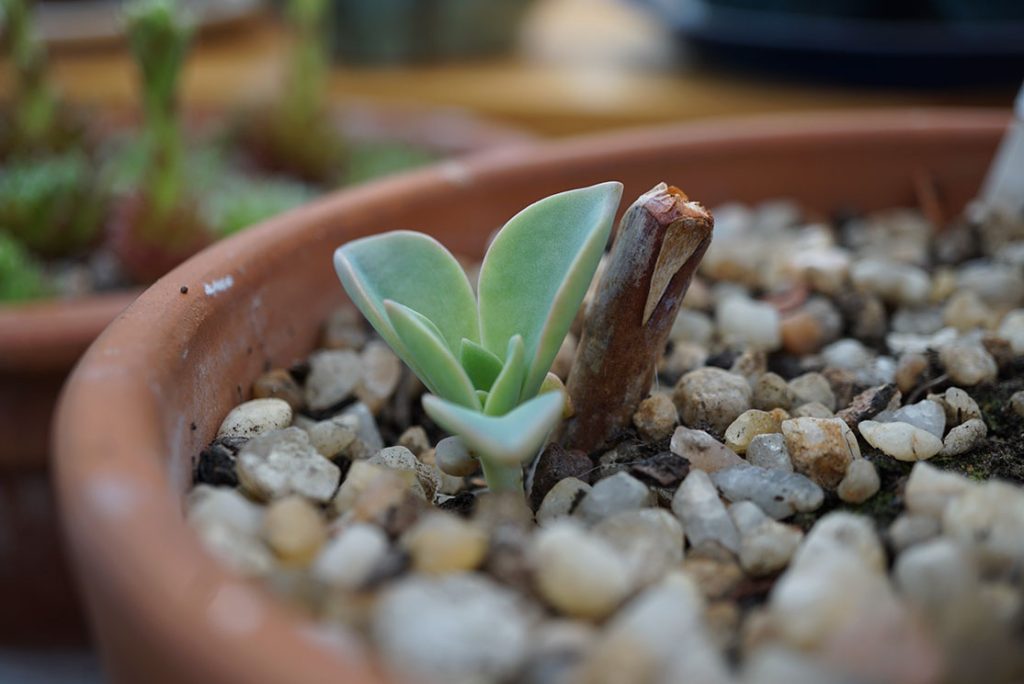
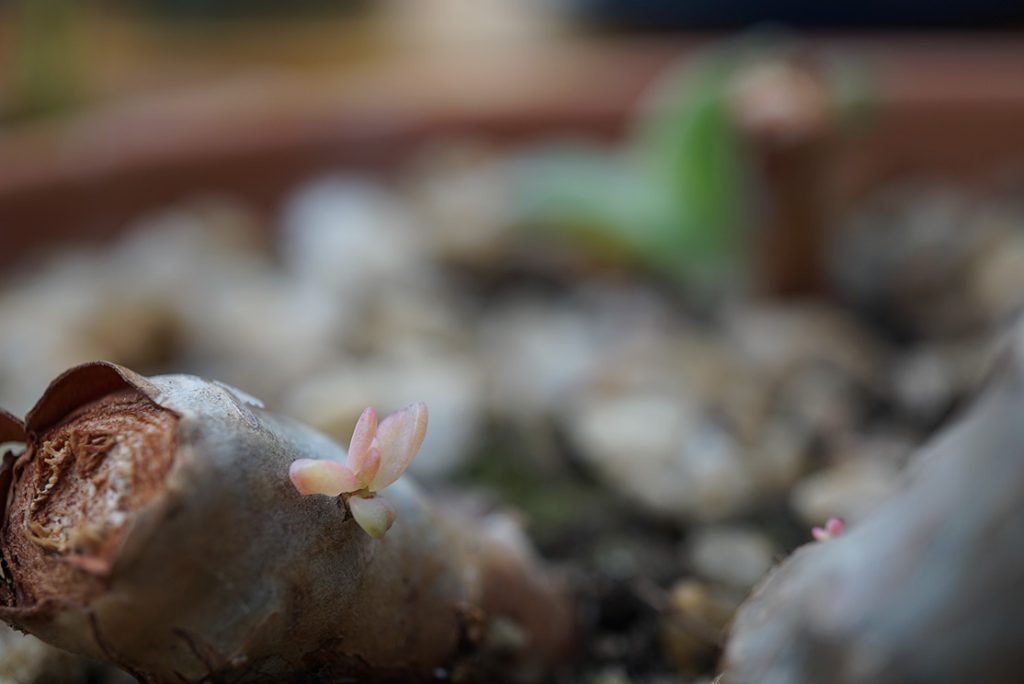
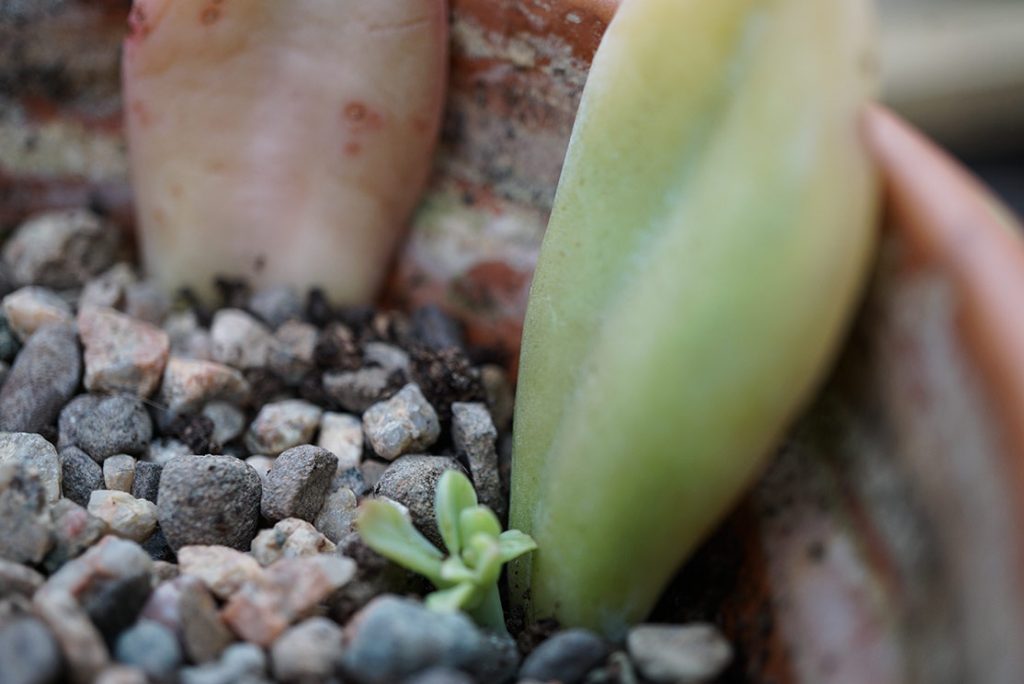
Also, I saved another of Kate’s plants recently that no-one else had wanted, and it is doing well. I was reluctant at first to take this one on as it is a stephanotis floribunda and it can be tricky to give it the correct situation all year round. I have been waiting for weeks for it to open it’s buds and now it is creating a glorious scent in the conservatory. I will have to move it from the conservatory during the winter as it will be far too cold there so it may come into the dining room over winter.
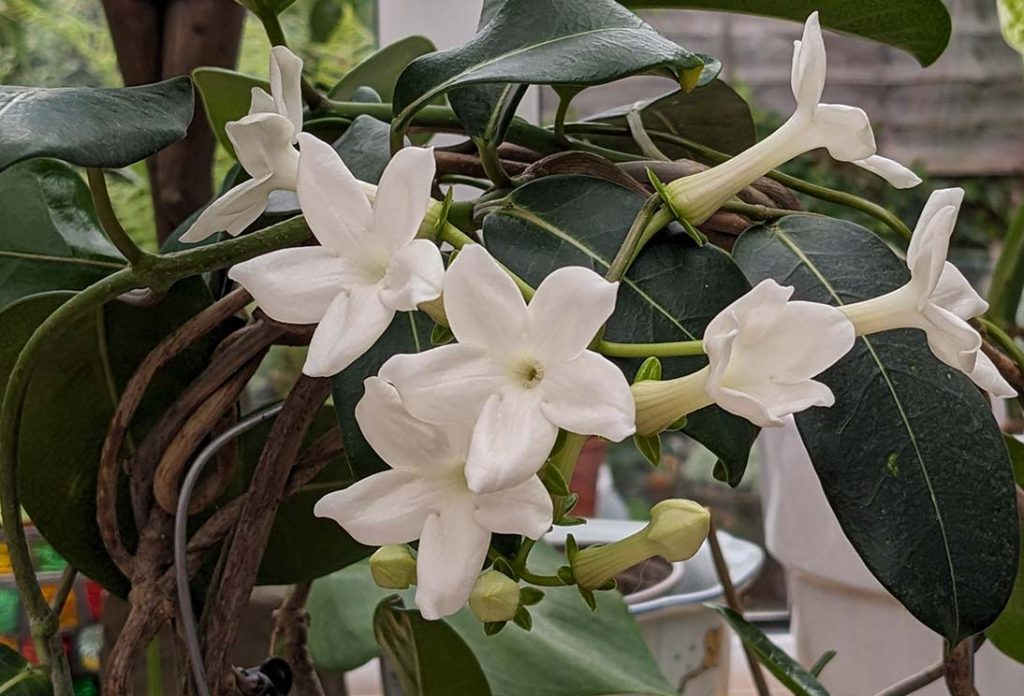
And here are some of my own succulents in flower and about to flower.
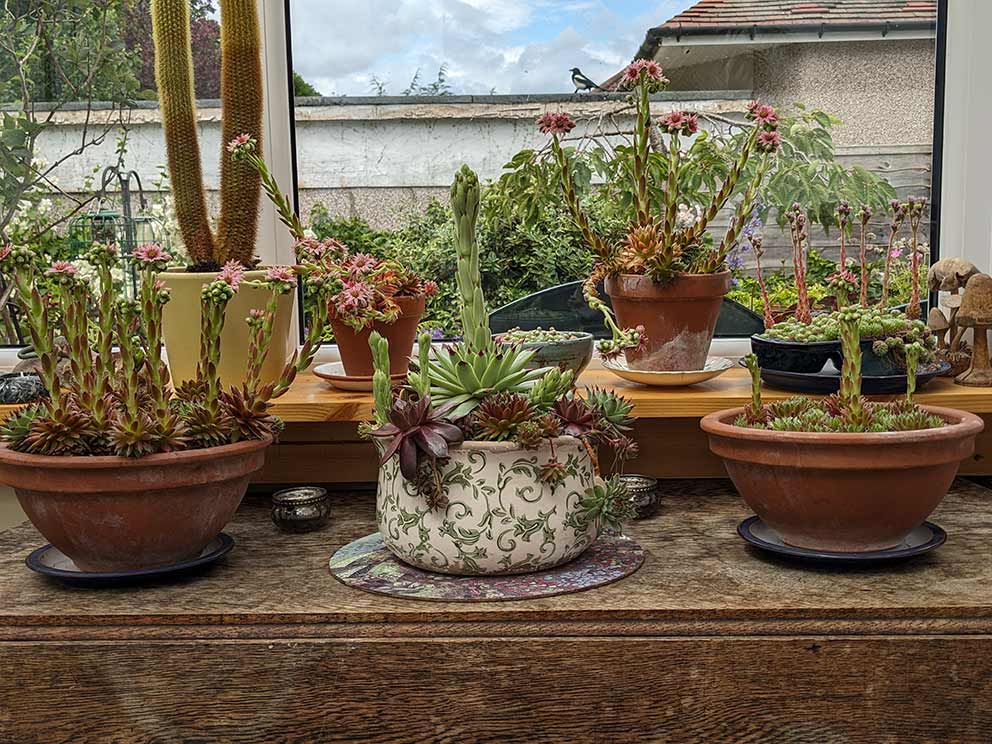
This sempervivum Chocolate kiss doesn’t look like it is going to flower yet though. It is such a great colour as it is.
